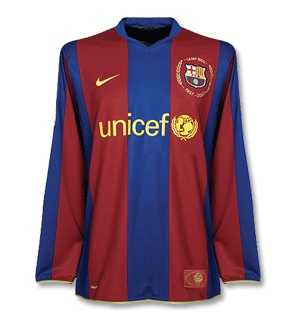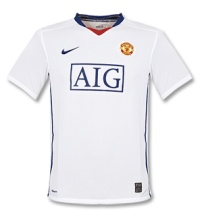For nearly a century the so-called “Hawthorne Effect” has been Holy Writ in industrial sociology. It’s based on experiments conducted at the Hawthorne plant in 1924 in which two investigators studied the effect of changes in lighting conditions on the productivity of workers making telephone parts. The observers noted that no matter whether lighting was increased or dimmed, productivity went up — and concluded that it was the fact that the workers knew they were being experimented upon that explained it. (A kind of Heisenberg Uncertainty Principle for social scientists, perhaps.) But now it appears that all that may have been hooey. Here’s what a fascinating article in this week’s Economist reports:
The data from the illumination experiments had never been rigorously analysed and were believed lost. But Steven Levitt and John List, two economists at the University of Chicago, discovered that the data had survived the decades in two archives in Milwaukee and Boston, and decided to subject them to econometric analysis. The Hawthorne experiments had another surprise in store for them. Contrary to the descriptions in the literature, they found no systematic evidence that levels of productivity in the factory rose whenever changes in lighting were implemented.
It turns out that idiosyncrasies in the way the experiments were conducted may have led to misleading interpretations of what happened. For example, lighting was always changed on a Sunday, when the plant was closed. When it reopened on Monday, output duly rose compared with Saturday, the last working day before the change, and continued to rise for the next couple of days. But a comparison with data for weeks when there was no experimentation showed that output always went up on Mondays. Workers tended to beaver away for the first few days of the working week in any case, before hitting a plateau and then slackening off.
Sigh. Yet another example of what TH Huxley described as “the slaughter of a beautiful theory by an ugly fact”.



